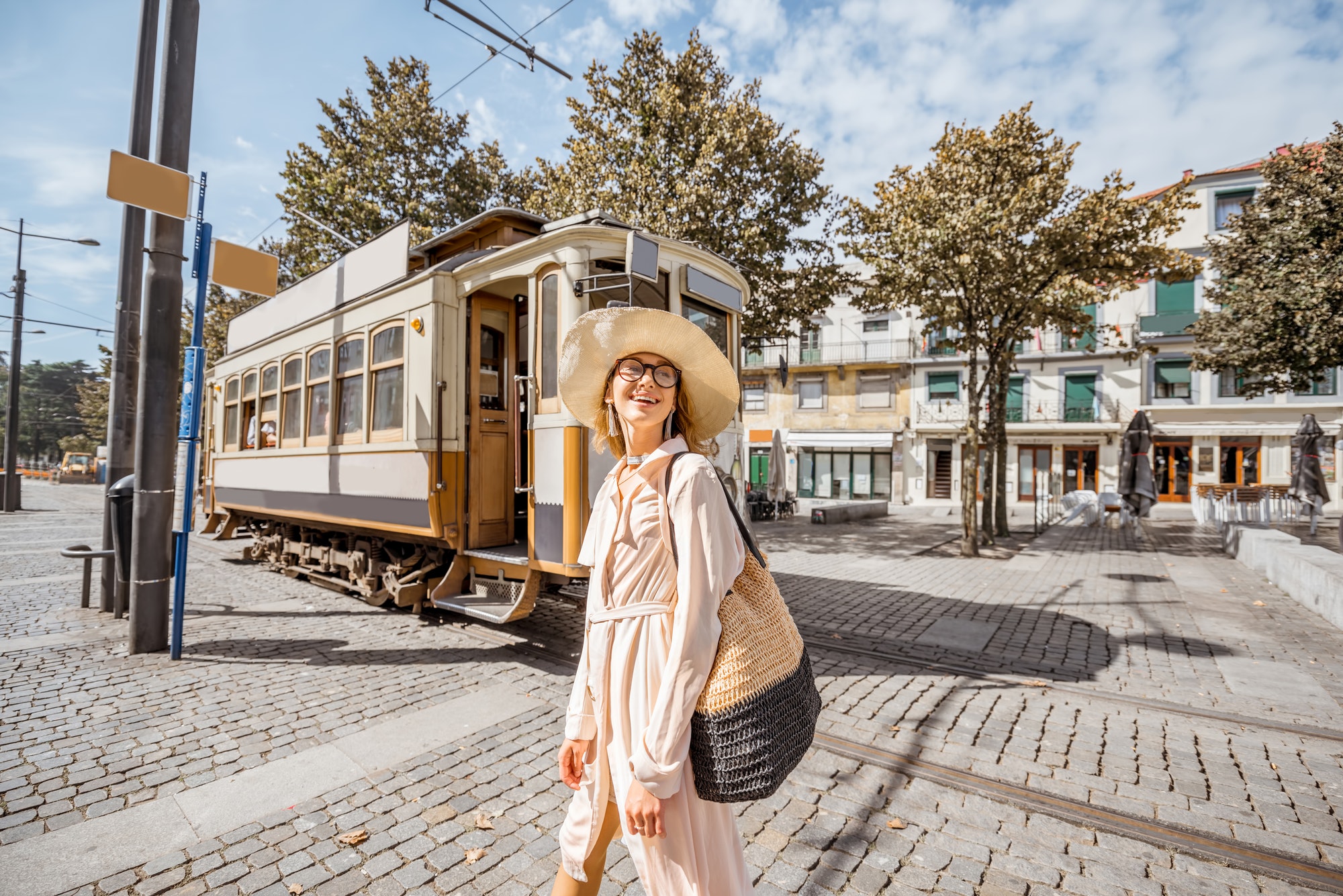How to Choose Your Dream Travel Destination
What’s your dream travel destination? What do you want to see, do, and experience? There are many factors to consider when planning your dream vacation. Start by listening to your heart. What are you hoping to do or see, and what season is it? What are the special events going on there at the time of your travel? Are there once-in-a-lifetime experiences? Then you can start planning your trip accordingly. If you’re not sure where to go, try combining several different vacation ideas.
Watching videos about your destination will give you a better idea of what you’re getting into. Viewers will be able to see the sights, the local accent, and the landscape. There are also many YouTube videos available, from travel vlogs and documentaries to footage of tours. And don’t forget to check out the videos made by official travel brands. There’s something on YouTube for everyone. Just take a look!
Another factor to consider is the visa process. You may need a visa if you’re planning on traveling to another country. In many cases, this process will be automatic, but if it’s complicated, you’ll likely be stuck at the airport for several days or weeks. Make sure you research your travel destination thoroughly. If you’re unfamiliar with the country, start by checking out its visa requirements. Then, go ahead and book your vacation.
For those who are more into gastronomy, Italy and France are obvious choices. However, there are many other destinations that offer a wide variety of cuisine. Alternatively, you can explore the different food markets in New York, London, and San Francisco. While you may find expensive alcohol in Scandinavia, local brews can be found for a much lower cost. If you are a foodie, you’ll be surprised by how much food options there are in each city!
Another factor to consider when choosing a travel destination is weather. If the destination is known for snow, for example, you may want to avoid the cold winter months. If you’d rather spend your vacation in a milder climate, then you can consider traveling during the shoulder seasons. The shoulder seasons are less popular, so you’ll find fewer tourists and fewer crowds. Often, weather conditions will be more pleasant than the high season, which will lower your costs and increase your chances of getting a good deal on accommodation.
If you’re looking for a budget-friendly travel destination, Belgrade, Serbia may be the place for you. The city is bursting with history and is easy to reach by air and bus. You can even get a free night if your flight is canceled! It’s a great choice for nature lovers and those who want to experience a true wilderness. When you’re looking for the cheapest accommodations, you can’t go wrong with homestays or budget hotels.

